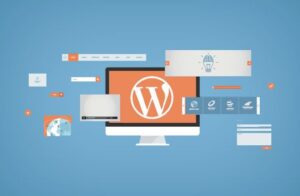Security is a top priority for any website owner. WordPress, being the most popular CMS, is often a target for hackers. In this article, we’ll cover best practices for securing your WordPress site.
Keep WordPress Updated
One of the simplest yet most effective ways to secure your site is to keep WordPress, themes, and plugins updated. Updates often include security patches that protect against vulnerabilities.
Use Strong Passwords and Two-Factor Authentication
Ensure all user accounts on your site have strong, unique passwords. Consider implementing two-factor authentication (2FA) for an added layer of security.
Install a Security Plugin
Security plugins like Wordfence or Sucuri provide comprehensive protection for your WordPress site, including firewall, malware scanning, and login protection.
Regular Backups
Regular backups are essential for disaster recovery. Use plugins like UpdraftPlus to schedule automatic backups and store them in a secure location.
Limit Login Attempts
By default, WordPress allows unlimited login attempts, making it vulnerable to brute-force attacks. Limit login attempts using a plugin or custom code to reduce the risk.
Disable File Editing
WordPress allows administrators to edit theme and plugin files directly from the dashboard. Disable this feature to prevent hackers from accessing these files if they gain admin access.
Conclusion
Implementing these security best practices will help protect your WordPress site from potential threats. For more advanced security measures or a security audit, visit my portfolio to see how I can help.





